New Highlight Gallery
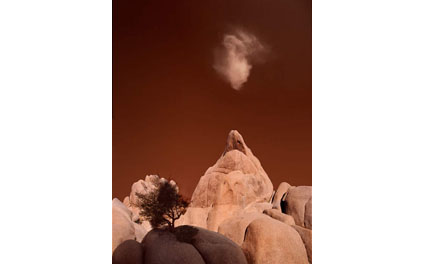
I comment twice about one of my top images from Joshua Tree National Park in this new Gallery feature.
Explore my Joshua Tree Google map here.
Find out about my Joshua Tree workshop here.

I comment twice about one of my top images from Joshua Tree National Park in this new Gallery feature.
Explore my Joshua Tree Google map here.
Find out about my Joshua Tree workshop here.
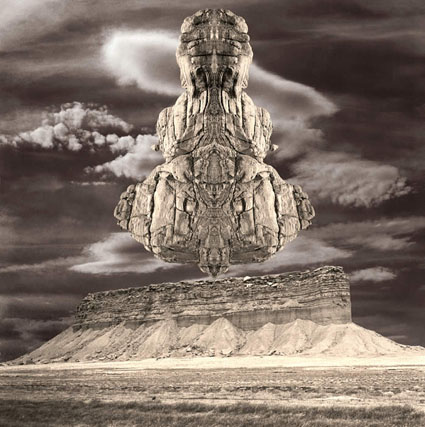
“I didn’t know it then, but it was the beginning of a whole new series. I knew it after it began happening repeatedly. The process had led me to a new point of departure. The work was a surprise. I hadn’t planned on doing it. It came to me. I had planned to do another body of work, but this one seized me and asked me to stay with it while it was fresh. I listened. I have a feeling that if I had ignored that voice I would not have been able to return to it later, certainly not with the same intensity or understanding …”
Read the rest of this Artist’s Statement here.
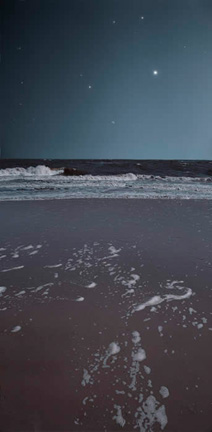
I’ve always been fascinated by photographs of the night sky. Telescopes are able to bring back details I could never have seen with the naked eye. Film exaggerates the colors of the stars, which are faint to the human eye. The lens often eliminates the tiny flares we see. When we draw stars, we don’t use circles, we usually use pentagrams. There’s a reason. I can understand that the twinkle and shimmer of the tapestries above would disappear in a photograph. Time is frozen in photographs. But that the photograph would be significantly different than what the human eye sees is fascinating to me. We’re taught to think that the camera records things as we see them. It does to a degree. But there are many points of divergence. It’s almost standard for us to defer to the photograph over our own experience. That’s something I’m wary of — or let’s say instead, acutely aware of …
Read more here.
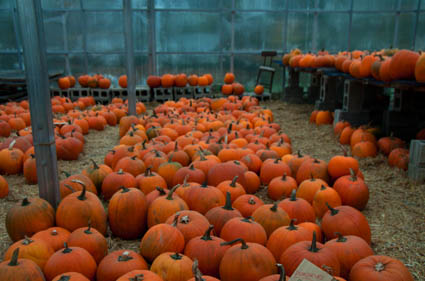
The participants in my recent Maine Fall Foliage workshop discovered many creative solutions that helped them focus on their personal vision. The inspiration and new perspectives they found are ultimately more important than the images they made; these new insights will influence all the images they’ll soon make. They found some very nice images too.
What can you do to find more inspiration for your images?
What new perspectives can you find to enrich your images?
Learn more about my field workshops here.
See more. Click ‘Read more …” Read More
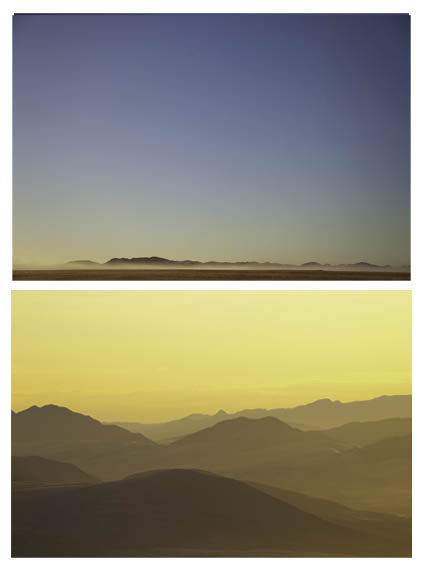
Sometimes color, pure and simple, is all you need.
Catch it while you can.
Find out about my 2010 Namibia workshop here.
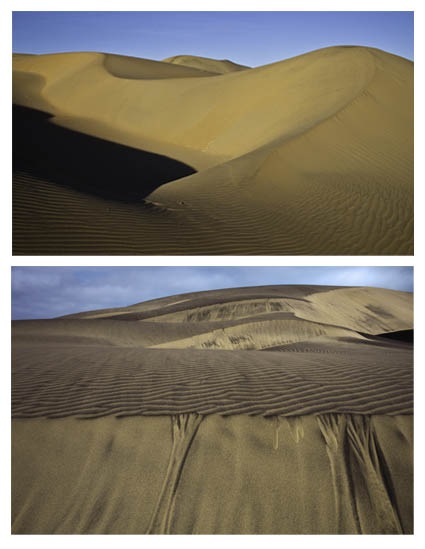
Form can serve a lot of functions. One can be to take the eye on an exciting journey. Rectilinear? Curvilinear? Fast? Slow? Simple? Complex? They all have a unique character. Contrasting different types of form can intensify one another. You can do this in a single image or in multiple images. Then you can identify other ideas that aren’t represented – and go get more images.
Visit here tomorrow for more of my images from Namibia.
Find out about my 2010 Namibia workshop here.
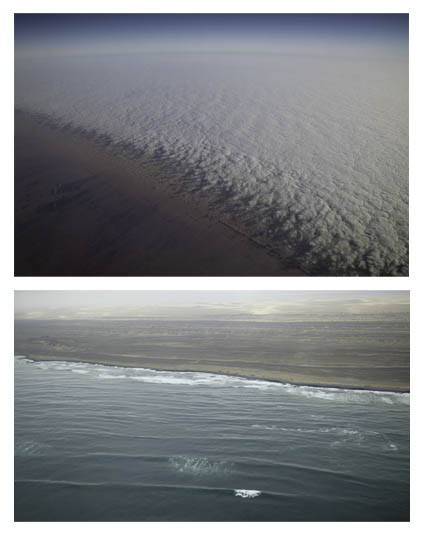
Every photo essay needs establishing shots. You might need just be one for the whole series. Or you might need one for each subset within the series. Establishing shots set the stage the drama is about to take place on. They’re about context / place. They’re generally wide angle and show as many aspects of a place as possible. They are the big picture. They place actions and details.
Here two establishing shots work together. One’s above the clouds looking out to the fog covered sea. The other’s under the clouds looking inland towards the shoreline and receding dune. It’s a 180 degree shift in perspective that tells a larger story than either one can alone.
Visit here tomorrow for more of my images from Namibia.
Find out about my 2010 Namibia workshop here.